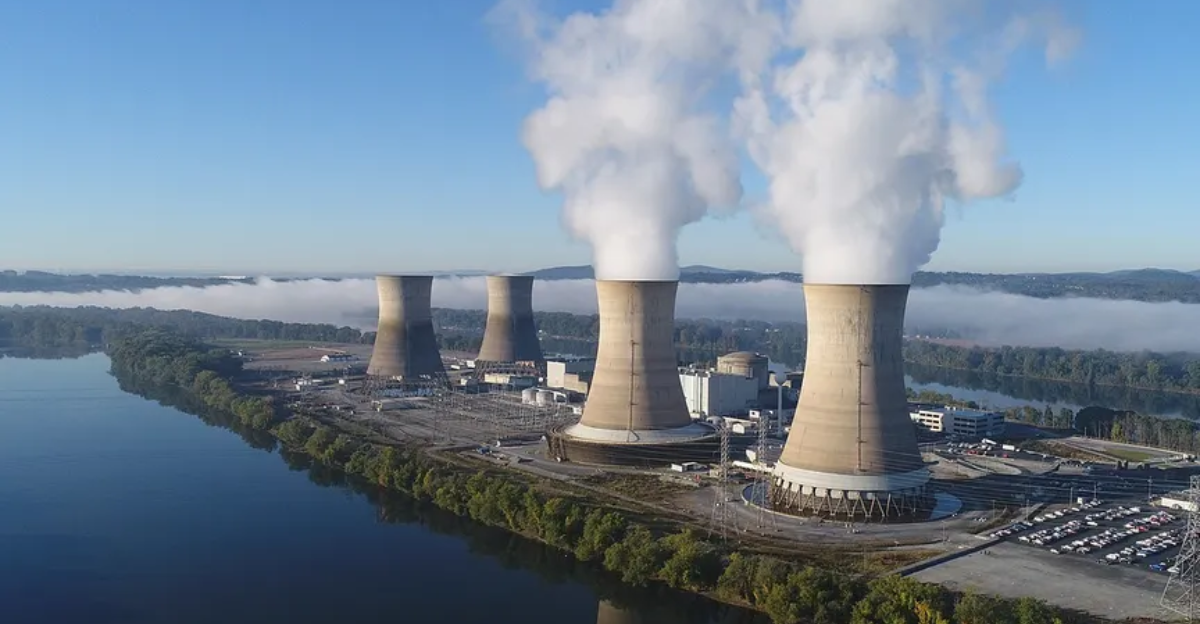
The White House has unveiled an ambitious $4 trillion energy plan to transform the U.S. energy landscape. This sweeping initiative seeks to invest heavily in clean energy technologies, infrastructure, and workforce development to achieve net-zero greenhouse gas emissions by 2050 while fostering economic growth. However, the plan has sparked controversy. Critics argue it could lead to higher consumer energy bills and potentially introduce environmental risks through rapid transitions and regulatory changes.
Supporters emphasize long-term benefits such as job creation, energy security, and climate leadership. This article offers a balanced, fact-based exploration of the plan’s goals, economic and environmental impacts, historical context, and diverse viewpoints to help readers understand its complex implications.
Goals and Components of the Energy Plan
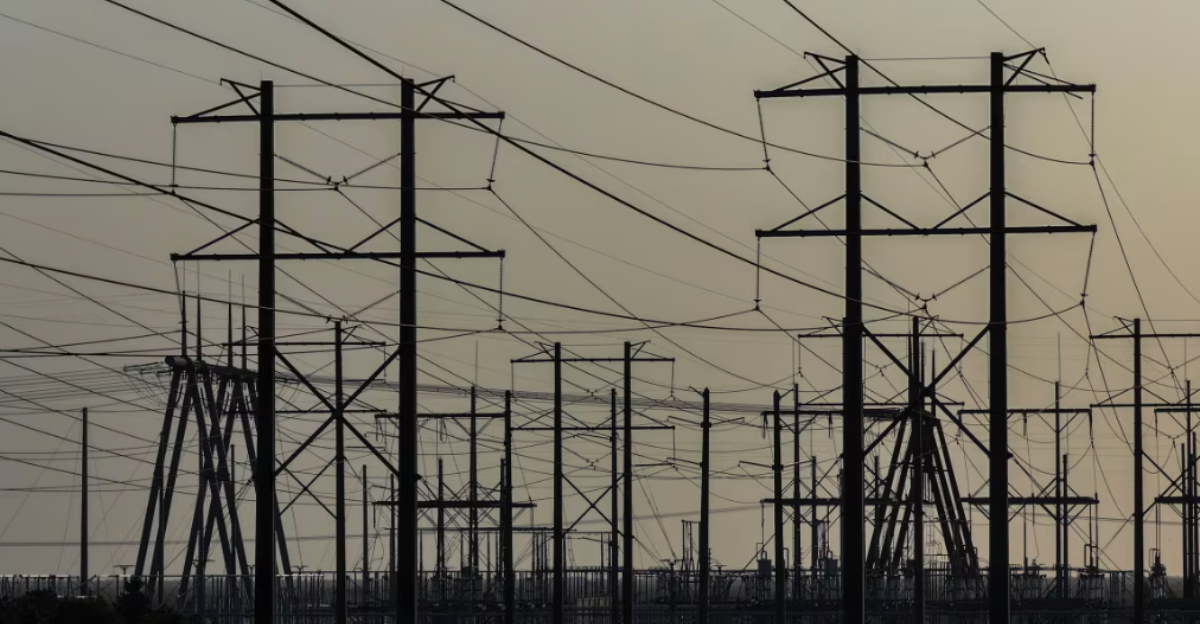
The energy plan centers on three main objectives: investing in clean energy, achieving net-zero emissions by 2050, and driving economic growth. Key budget allocations include $51 billion for the Department of Energy and $27 billion for climate-related programs. These funds support clean energy infrastructure development, workforce training, and technology innovation such as grid-scale energy storage and electric vehicles.
The plan also emphasizes expanding domestic manufacturing capacity in clean energy sectors to enhance supply chains and reduce reliance on foreign sources. These investments align with global efforts to accelerate clean energy transitions and meet international climate commitments.
How the Plan Could Affect Consumer Energy Costs

Projections indicate the plan may initially raise household energy bills due to costs associated with upgrading energy infrastructure and subsidizing clean energy technologies. Grid modernization and integrating renewable sources require significant capital, which utilities may pass on to consumers.
However, government analyses argue long-term savings from lower fuel expenses and reduced maintenance will offset these upfront costs. Additionally, clean energy investments are expected to spur job creation and economic growth, potentially easing financial burdens. The debate continues as some experts caution about transitional cost pressures while others highlight future affordability gains.
Potential Environmental Risks and Benefits
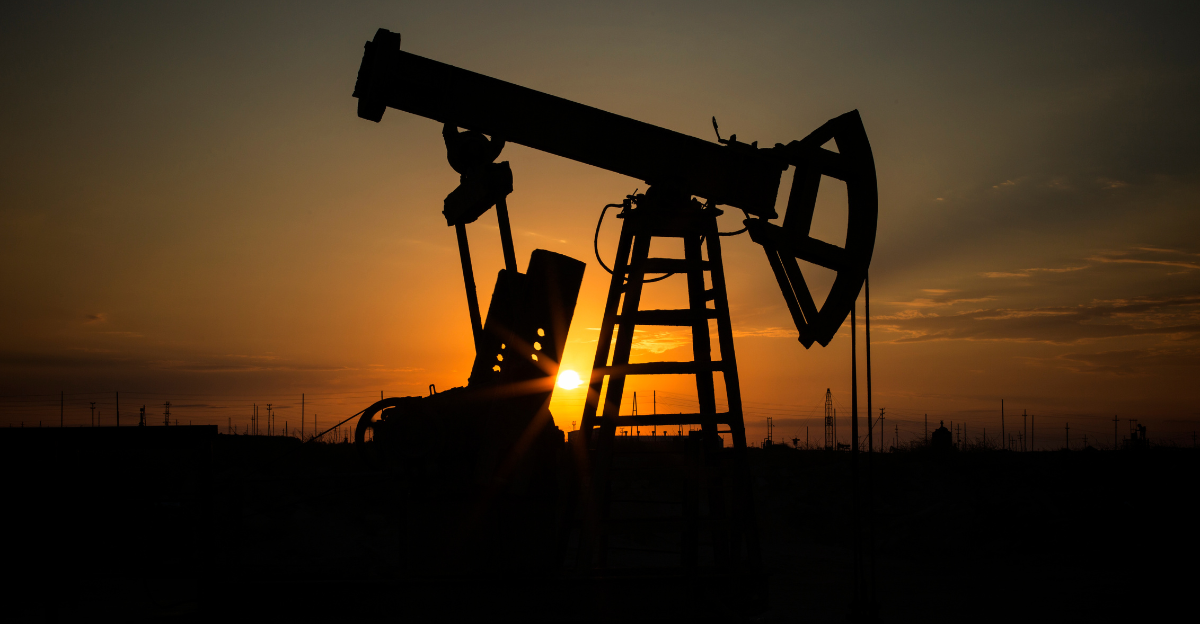
While the plan aims to reduce carbon emissions and combat climate change, some policies may pose environmental trade-offs. Rapid shifts to renewables could challenge grid reliability and energy availability, risking blackouts or increased reliance on backup fossil fuels. Moreover, large-scale infrastructure projects might impact ecosystems or local environments.
Experts stress balancing emission reductions with maintaining energy reliability and environmental quality. Nonetheless, the plan’s emphasis on clean technologies promises significant benefits such as reduced air pollution and long-term climate stabilization, which could outweigh short-term risks if managed carefully.
How Past Energy Policies Shape Today’s Plan
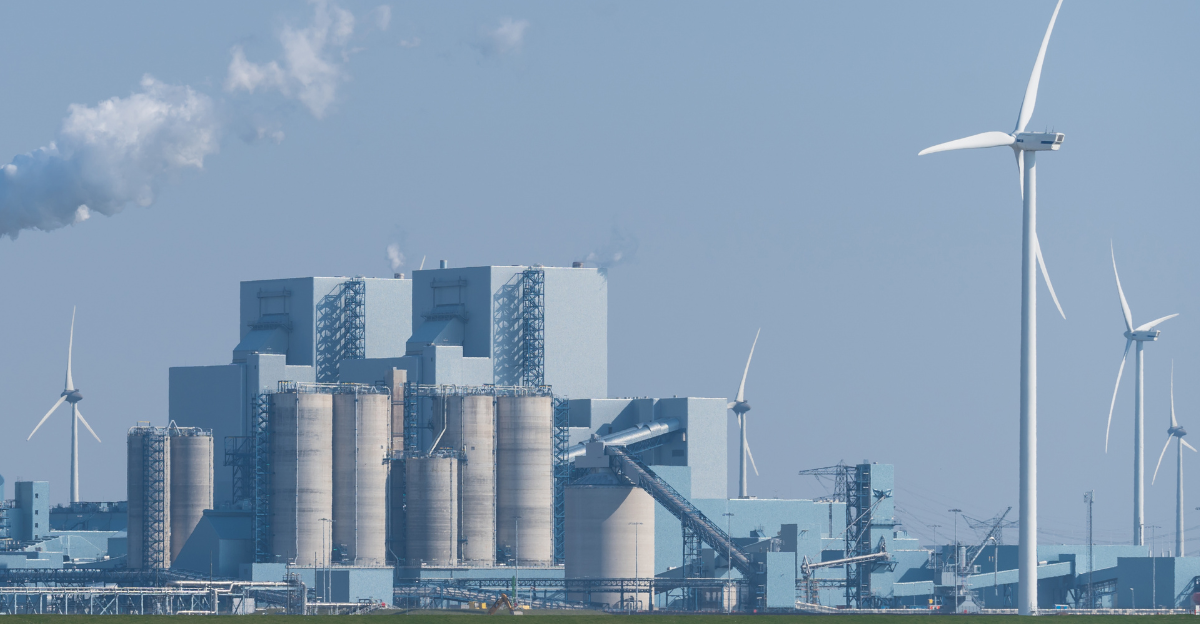
U.S. energy policy has evolved through cycles of deregulation, fossil fuel support, and environmental regulation. Previous administrations often prioritized fossil fuel development, contributing to lower energy costs, emissions, and infrastructure challenges. Deregulation sometimes led to market volatility and underinvestment in clean technologies.
The current plan marks a departure by focusing heavily on clean energy investments and climate goals, reflecting lessons learned from past policies. This shift addresses energy security, environmental sustainability, and economic inequality linked to energy access.
Impact on Manufacturing, Agriculture, and Rural Communities
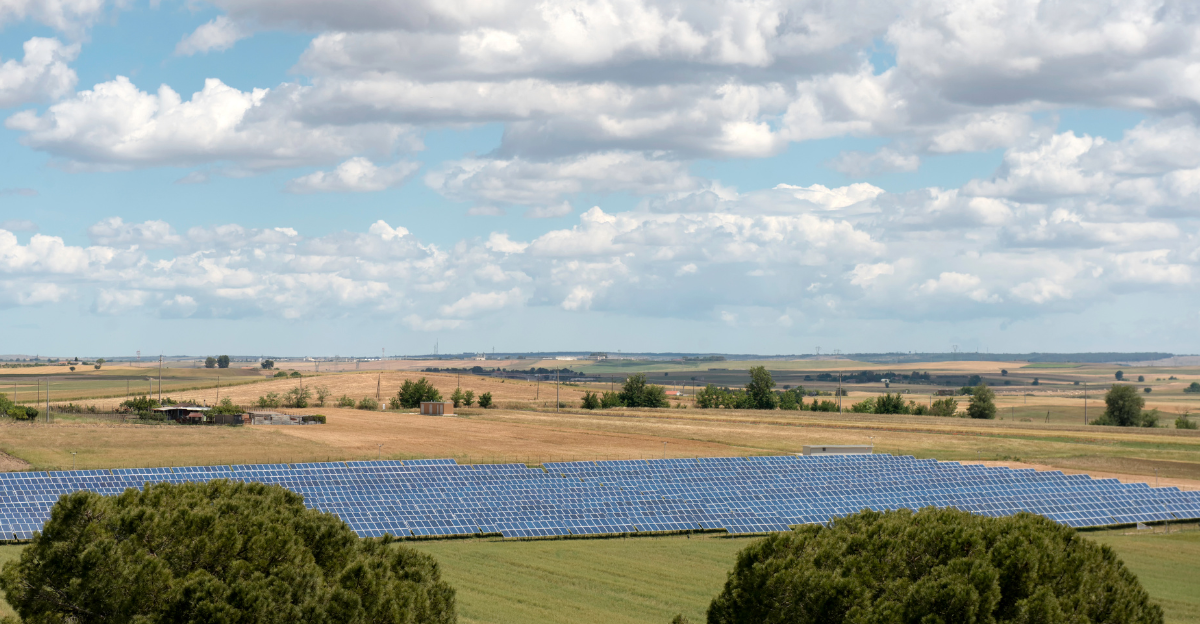
The energy plan’s effects ripple beyond power generation into manufacturing, agriculture, and rural economies. Rising energy costs could challenge manufacturing competitiveness, especially in energy-intensive sectors. Conversely, investments in renewable energy and energy efficiency programs offer rural electrification and economic revitalization opportunities.
Loan guarantees and targeted programs support clean energy deployment in rural areas, aiming to boost local jobs and reduce energy poverty. The plan’s holistic approach seeks to integrate energy transition with broader economic development, though balancing these interests remains complex.
Critiques and Alternative Views on the Energy Plan

Critics argue the plan’s extensive regulations and spending could stifle energy production and economic growth. Some contend that increased costs and bureaucratic hurdles will burden consumers and businesses, slowing innovation and energy independence. They warn that the plan may prioritize ideology over practicality, risking energy reliability and affordability.
Conversely, proponents highlight the plan’s potential to drive technological breakthroughs, create high-quality jobs, and position the U.S. as a climate leader. This debate underscores the tension between short-term economic impacts and long-term environmental and security goals.
Examples of Energy Transitions and Their Outcomes
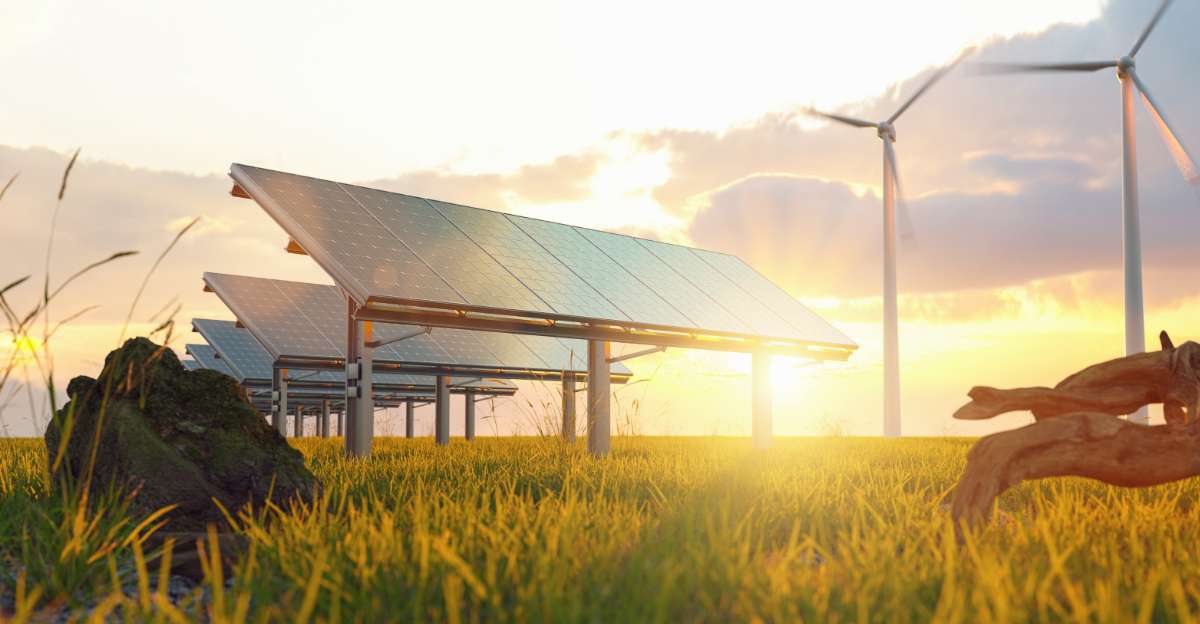
Global and domestic energy transitions offer lessons for the U.S. plan. For instance, some countries have successfully expanded renewables while maintaining grid stability and affordability, demonstrating the benefits of coordinated policy and investment. Others faced challenges like rising costs or energy shortages due to the rapid phase-out of fossil fuels.
The International Energy Agency reports a global energy spend of $3.3 trillion in 2025, with two-thirds dedicated to clean energy, reflecting a worldwide shift. These examples highlight the importance of balanced, phased approaches to ensure equitable and reliable transitions.
Data-Driven Insights into the Plan’s Feasibility

Data show that U.S. clean energy investments accelerate progress toward emissions targets and economic growth. The Department of Energy and Congressional Budget Office forecast job creation in hundreds of thousands and inflation moderation through energy efficiency.
However, analyses also warn that repealing clean energy policies could cost the economy $1.1 trillion by 2035 and increase energy bills by up to $68 per household annually. Expert consensus stresses that sustained investment and policy stability are critical to realizing the plan’s benefits and managing inflation and energy security risks.
Balancing Energy Costs, Environmental Goals, and National Security
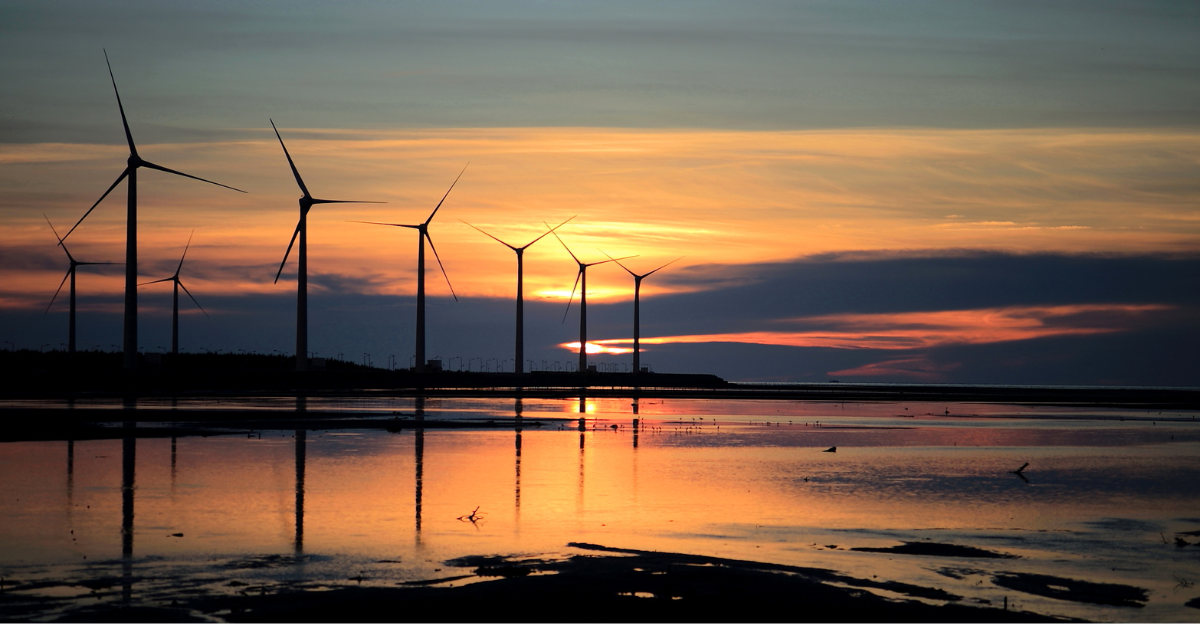
The White House’s $4 trillion energy plan embodies the complex challenge of balancing rising energy costs with urgent environmental and security goals. While initial consumer costs may increase, strategic investments in clean energy infrastructure, technology, and workforce development aim to deliver long-term savings, job growth, and climate resilience.
The plan’s success depends on careful policy implementation, ongoing monitoring, and adjustments to mitigate risks such as energy reliability and economic disruption. As the U.S. navigates this transition, the plan could reshape its energy future, positioning it for sustainable prosperity amid global climate and geopolitical pressures.
Explore more of our trending stories and hit Follow to keep them coming to your feed!

Don’t miss out on more stories like this! Hit the Follow button at the top of this article to stay updated with the latest news. Share your thoughts in the comments—we’d love to hear from you!







